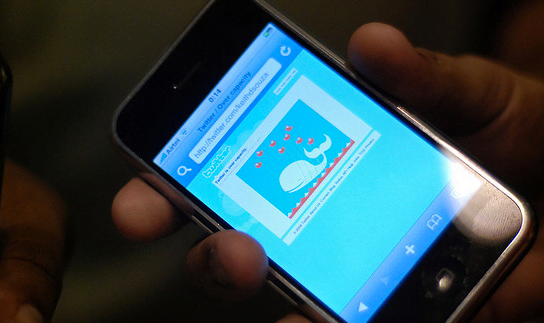India’s tradition of free speech may be facing its biggest obstacle yet, following an end-of-year government push to require Internet giants Facebook, Microsoft, Yahoo and Google to filter its users content for “offensive” material.
The crack-down came after Communications Minister Kapil Sibal became aware of photoshopped images of Sonia Gandhi and Prime Minister Manmohan Singh hosted on social networking sites sometime in September, as well as some images deemed offensive to Islam. Sibal swiftly demanded the social media companies remove the offensive material and create human-run monitoring systems for their networks, which would catch such images before they hit the Internet.
The good news is that the the companies ignored him, demanding a court order before they would take action—and pointing out in two recent meetings that they would rather not put themselves in a position to decide what is and what isn’t “offensive.” In any case, with internet usage at approximately 100 million Indians, the companies told Sibal his monitoring plans would be impossible to implement.
One would think that Sibal would leave it at that. And, as of Dec 15, according to a report by the Press Trust of India, Sibal seems to have taken his strident tone down a notch or two, following a meeting with Google, Facebook and Twitter. (His change in tone may be chalked up to the nature of the Indian media itself, a famously vocal bunch of newspapers, writers, and bloggers, just about all of whom seemed to have a choice word or two regarding Sibal’s dreams of censorship)
Alas, despite Sibal’s more recent softening, India is not out of the woods yet. The Communication’s Minister still indicated social networking sites might be subject to stricter government controls if they refuse to quietly comply with his demand to remove “offensive” material. In a precursor to the current debate, April saw the quiet passage of new rules regarding free speech online, allowing officials and private citizens to report and complain about material they deemed offensive or inappropriate—and requiring content hosts to respond to complaints within 36 hours.
According to the Press Trust of India piece, India’s telecom authorities still are contemplating the creation of a new inter-ministerial group, focused on developing a sweeping monitoring system of the Indian Internet.
Sibal’s abortive effort to impose restrictions on Indians’ internet usage has clearly struck a nerve. India is a developing nation almost uniquely reliant on technology and the Internet for its economic rise. Perhaps Sibal realized directly attacking major players such as Microsoft, Google and Yahoo was a less-than-wise economic move, obnoxious photos of Sonia Gandhi and the Prime Minister aside.
What makes this move particularly puzzling from a geopolitical perspective is that India’s comparative advantage over its big regional rival to the east is India’s open and free society. India’s colorful and at times obnoxious democratic system may not be perfect, but it’s still the Subcontinent’s greatest advantage over the surveillance-state methods of China. India’s democratic culture of dissent, dialogue, and access to information contributes hugely to the ingenuity and creativity of developing India.
Play to your strengths, India, of which there are many—not least of which are your noisy media and your dogged, if often flawed, adherence to democratic principles. Great Firewalls don’t become you.
